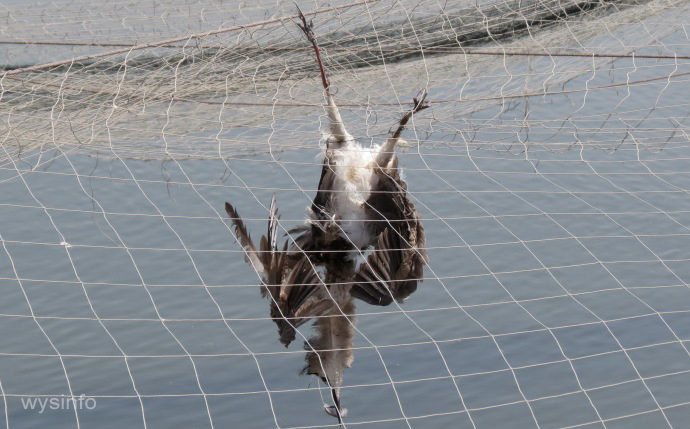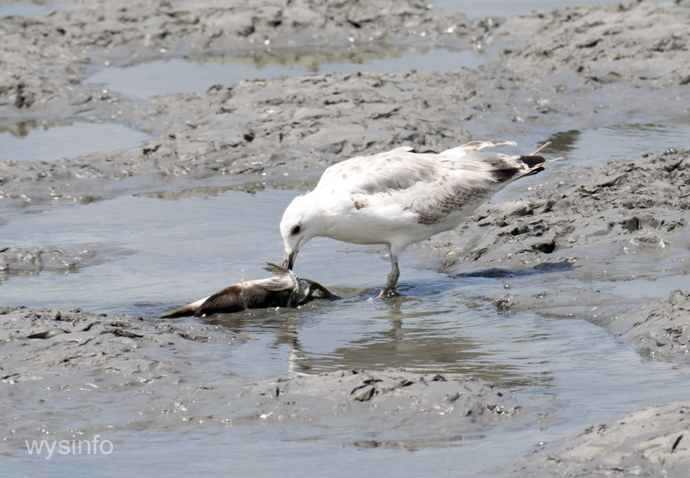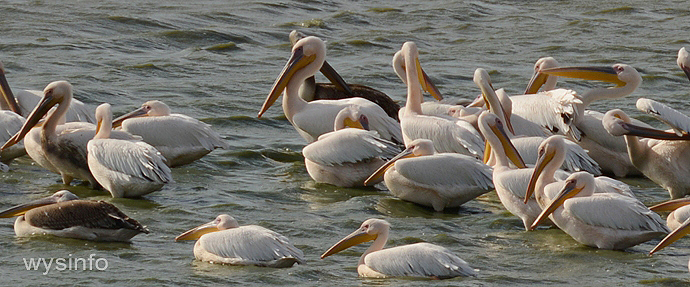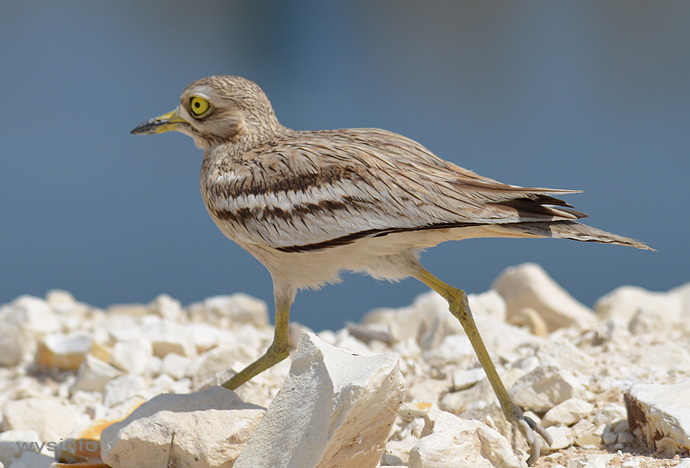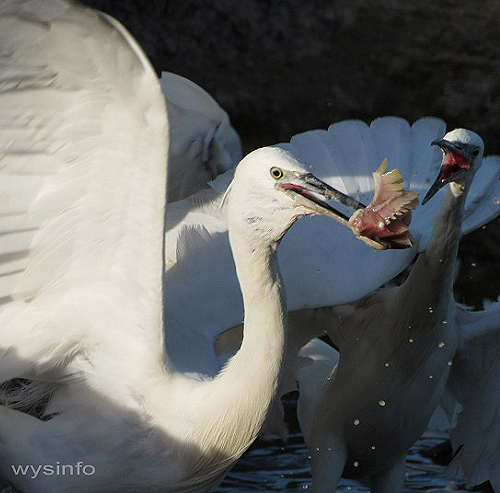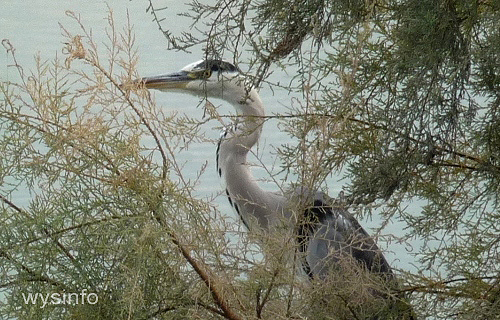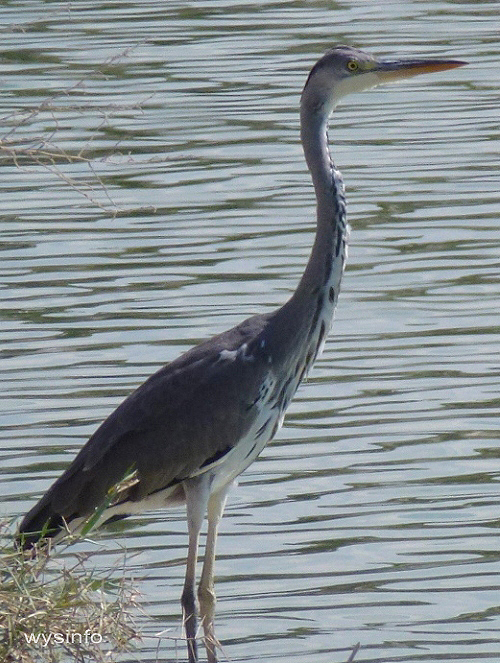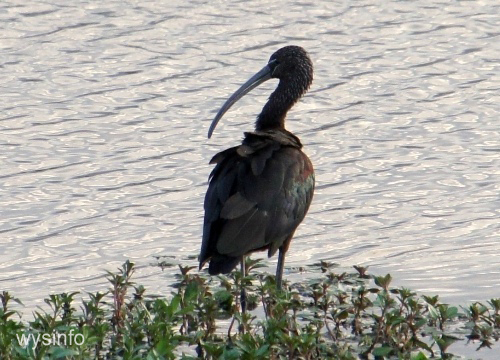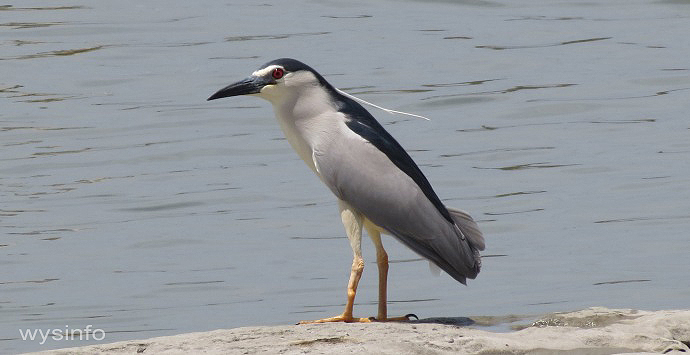Page Content
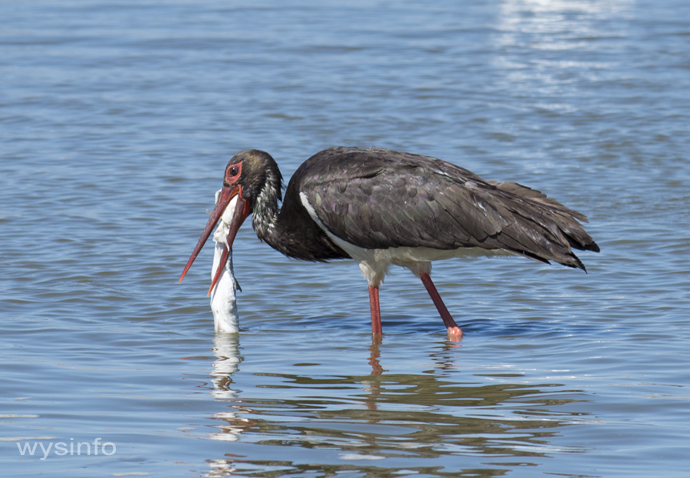
Characteristics of Water Birds
Question: What are water birds?
Answer: Water birds are birds that prefer a water-based habitat. There are certain characteristics that are common among these birds. These characteristics can appear in some water birds while not in others. On the other hand, there are some water birds that will have them all.
One way of classifying water birds would be to relate to those characteristics that enable the birds to adapt to their living habitat. For example, the following are a number of characteristics that are of particular interest:
- Long bills – these birds’ bills can be strait, curved, pointy, sharp, thin, thick, narrow or wide. Each bird type will select the location that will allow it to extract its food in the easiest way. As a result one can find birds that prefer to concentrate in muddy areas or marshes, some others will prefer sandy shores, and others will select rocky beaches.
- Webbed feet – webbed feet help birds to maneuver themselves better in water. Geese, pelicans, cormorants are examples of birds that acquired webbed feet. They have better control while swimming owing to the fact that their webbed feet help to push more water with the wider surface of the connected toes. It helps also during taking off from water by helping to gain speed. Also, during landing it helps them to almost ski in water before they reach a complete stop.
- Long legs/short legs – long legs are a great advantage for birds that find their food in shallow bodies of water. They allow them to stand in the shallow water and to spot fish from a higher angle thus to minimize reflection of sun rays in the water. This group includes storks, herons, egrets, ibis and many more.
Short legs on the other hand work efficiently with webbed feet. Birds that need to swim or dive in water have a better control of their movements when equipped with short webbed feet, which they use for pedaling. - Long flexible necks – many water birds, primarily the wading birds, have long flexible necks that help them to hunt fish more efficiently.
- Salt glands – Birds, mainly those that spend most of their time in the open sea, have no alternative other than drinking the ocean water. This water contains a fair amount of salt. Specific glands in their bodies are able to extract the excess salt from their system into an area besides their sinuses. The birds then clear it out by way of sneezing.
- Preening glands – These glands secrete fats and a wax-type material that the birds spread, with the help of their bills, along their feathers. These materials are waterproof and also act like insulators. All birds have them, but they serve a more critical and important role with water birds. As a result they do not loose body temperature and they move smoother in water.
It is generally accepted that water birds can be classified into 3 different groups: Seabirds, Wading birds and Shorebirds.
Seabirds
Seabirds have flexible webbed feet which help them maneuver themselves efficiently in water, enabling them to gain traction while they are taking off and to have a better control when landing in water.
Some of the seabirds, like the albatross, spend most of their life in the open sea. The albatross comes to land mainly for the purpose of breeding. His huge and powerful wings allow it to fly long distances for long periods of time. Albatrosses are colonial nesters that set their nests mostly in isolated islands. They have a long life expectancy and there are some individuals that were identified to have lived more than 50 years. As of today over 21 albatross species were identified.
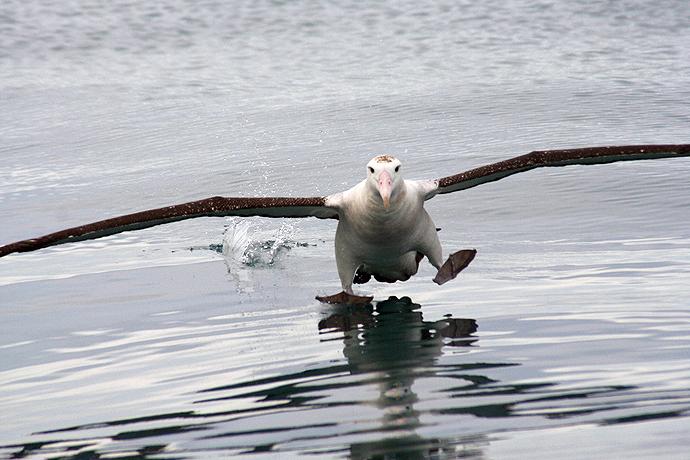
The cormorant on the other hand, although considered a seabird, after fishing goes back to land. Unlike the albatross, it has small wings in proportion to his body. While this is a contraint in the air, the cormorant uses this as an advantage in water and becomes an agile diver while hunting. Its long and thin bill is hooked at the end. It lives in large communities and it is a migratory bird. The cormorant, of which some 40 species are known, is a member of the Phalacrocoracidae family.
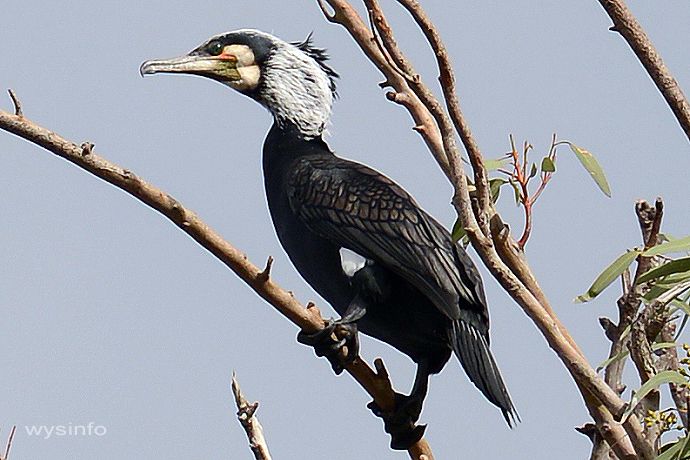
Wading Birds
Wading birds eat fish and various living creatures that exist in shallow bodies of water. Most of the over 200 different species known to us today are migratory, with the exception of the tropical wading birds that would migrate only in rare climatic conditions.
Some of the arctic species, like the little stint, are long distance migratory birds that replace the harsh cold winter in the north with the warm southern hemisphere. Many wading birds have long legs, a great advantage that allows them to stand in the shallow water and to spot fish from a higher angle thus to minimize reflection of sun rays in the water. This group includes storks, herons, egrets, ibis and many more.
Most of them are equipped with long sharp beaks, a deadly efficient tool. It can be straight, hooked, narrow, and wide or thick. This minimizes the competition among the birds since each will look for food where it will be easiest for it to catch. For example, some birds will hunt in rocky bodies of water while others look in sandy or muddy water.
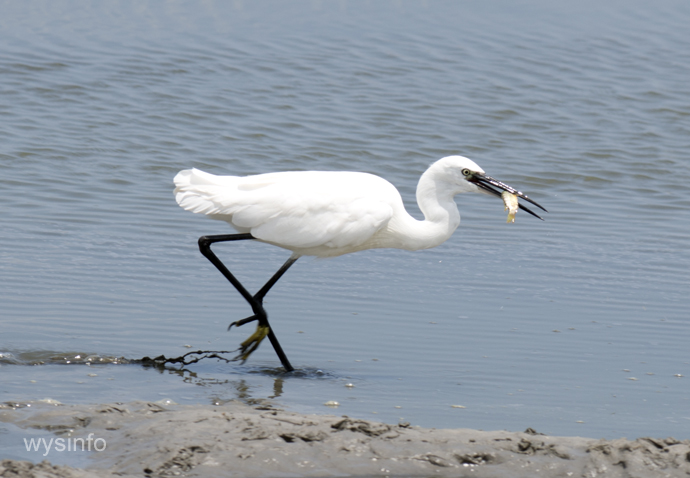
Shore Birds
Shore birds live along the shores of the seas, oceans and bodies of water that are located inland. These are usually small to medium-sized birds. Some are equipped with long bills that help them catch their pray in the water. Some have relatively longer legs that help them wade in water. They belong to different families and live off small invertebrates including crabs, snails, clams, starfish, insects, worms and more. Among these birds are sandpipers (Scolopacidae family), different groups of plovers (Charadriinae subfamily), curlews, stilts and avocets (Recurviostridae family) and many more.
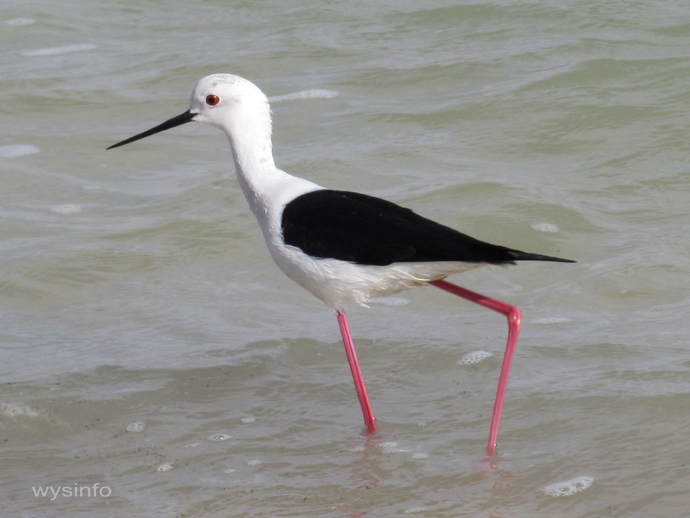
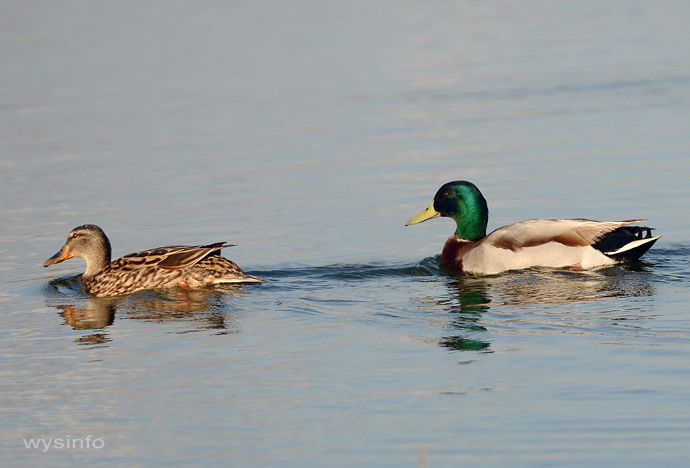
Fish Farms and Migratory Birds
It has been estimated that over 500 million migratory birds fly over Israel every year. This is viewed as both an asset and a challenge for inhabitants of the area.
One significant challenge is how to deal with the mass of fish-eating birds that travel across the country during their time of migration. The fish farms are a popular and successful industry in Israel. Some of the agricultural settlements in the Hula Valley, in the Lower Galilee and along the Mediterranean are suffering heavy losses due to the intensive appetite of fish-eating migratory birds like the pelicans, herons and others.
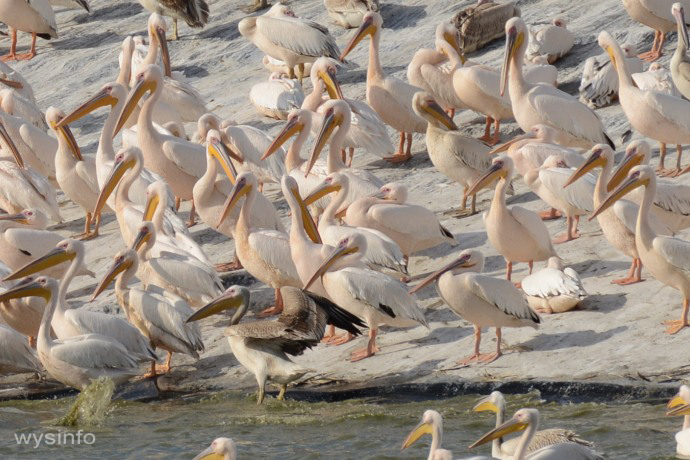
Pelicans Resting at Mishmar Hashoron water reservoir. an individual pelican can consume between 6 to 8 fish a day. Raising fish in the pelicans roosting locations for their consumption help to control the financial damage they cause.
An idea of stretching nets along the fish farms is providing only a partial solution to the problem. Some of the birds are smart enough to go under the nets from the side, but sometimes find it difficult to go back the same way they entered. As a result, occasionally you can find them strangled with the nets, thus ending their life after their last meal.
